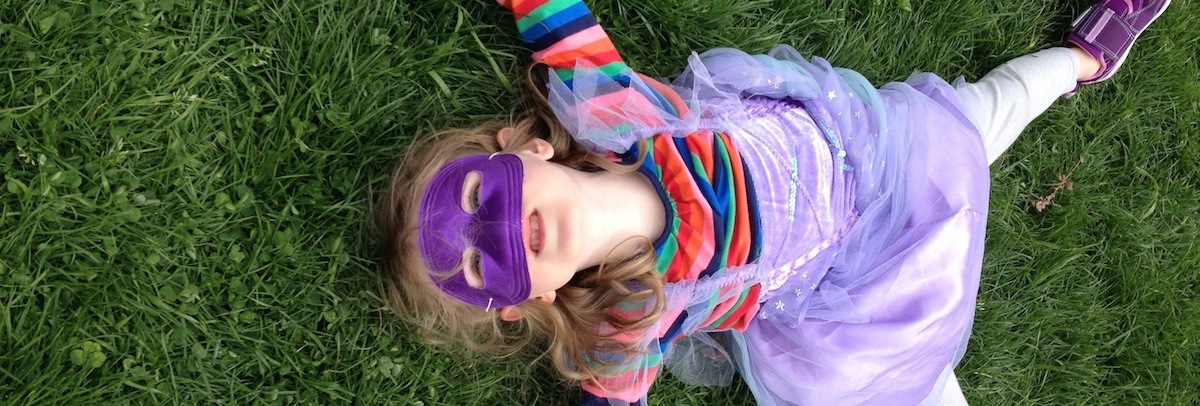A Nest for Explorers
-
Age: 3 to 8+
-
Time: Under 1 hour
-
Materials: Mama Built a Little Nest (book)
- Skills: Creativity, Imagination, Behavioral Schema, Empathy
Nest Building Activity for Kids
This activity is not only part of our free March Activities Calendar, but the full version is a beloved part of our Winter Animal Superheroes class curriculum. We love it for many reasons, but maybe the biggest is that it just gets us connected to the amazing creatures around us and gets us all ready for Spring!
Anyone who spends time with young children knows that they are fascinated by animals. There are many ways to think about why that is so, from survival instincts (humans are wired to notice animals so we can identify prey and predator) to the biophilia hypothesis (i.e. humans, by nature, love nature) to social connection (children can relate to a creature that is “on their level”). No matter the reason, the love is there.
Anyone who spends time with young children knows that they are fascinated by animals. There are many ways to think about why that is so, from survival instincts (humans are wired to notice animals so we can identify prey and predator) to the biophilia hypothesis (i.e. humans, by nature, love nature) to social connection (children can relate to a creature that is “on their level”). No matter the reason, the love is there.
Among animals, birds are particularly fascinating. They come in a variety of colors, make captivating sounds and, gasp, fly! Plus, they also do remarkable things like build nests—cozy, pop-up architectural marvels that are triumphs of spring time. Engage your child in noticing and wondering about how these already fascinating creatures build these homes. Then, better yet, play bird together.
Young children will love being part of making a human-sized nest and playing mama and baby bird, likely for hours on end. Do this in a group, and the social learning really takes flight. And, if you have kids 2 and under in your group, they too can help and benefit as you gather materials.
Young children will love being part of making a human-sized nest and playing mama and baby bird, likely for hours on end. Do this in a group, and the social learning really takes flight. And, if you have kids 2 and under in your group, they too can help and benefit as you gather materials.
The Guide
- Learn about birds nests: We love to learn in two ways: reading and observing. Start out by reading a book like Mama Built a Little Nest by Jennifer Ward. Enjoy the rich language and images, wondering together about the birds and their homes.
- Learn through observation: Take a walk and search for birds' nests in your local green space. We are big fans of wearing “Tinkergarten binoculars” (two toilet paper rolls taped together). Give kids ribbon or colorful fabric to place at the base of a tree that holds a nest and let children share their findings with the group.
- Wonder together: Isn’t it amazing that little birds can create these wonderful homes just out of the objects in nature? Do you think we could make a nest big enough for us out of the objects here in our classroom? Ask questions and reflect on what you read and noticed in your walk to help form a plan: What materials will we need? Where can we find them? Should we get started?
- Gather materials: Gather sticks, grass, dried leaves and bits of things to use in the nest. Carry materials in your “beaks” (i.e. two hands near your mouth) to get closer to the bird’s experience. Tweet as much as you like.
- Start to build: Once you have materials gathered, wonder together what shape the nest should be. Work as a group to create an outline of that shape on the ground, letting kids lead as much as possible. Then, keep adding sticks to the shape to create a thick outline. Wonder what kind of inside you’d want for the eggs. Gather soft and light materials and fill in the inside of the nest.
- Play bird! Once the nest is complete, children can enjoy playing mother bird, sitting on imaginary eggs. Or, kids can be the baby birds, chirping for their snack. With little modeling required, let the play, quite literally, take flight.
Big cheers to Dawn Manzo, Tinkergarten Leader in Brooklyn NY, for inspiring this activity!
Want more activities like this? Try out our Glimpse a Robin's World DIY or our Orange You Glad We Made this Feeder DIY.
Want more activities like this? Try out our Glimpse a Robin's World DIY or our Orange You Glad We Made this Feeder DIY.
Why is this activity great for kids?
To start, the lovely, lyrical language and engaging subject matter in Jennifer Ward’s Mama Built a Little Nest helps children develop literacy and communication skills. The chance to explore and observe birds nests near our outdoor classroom encourages both curiosity and the habit of making connections. Although it seems simple to us, taking time to consider the needs and experiences of birds develops young children’s capacity for empathy, the skill that helps kids make meaningful connections with friends and can even help children manage tricky social challenges like bullying later on. The very process of trying to envision and build something on a large scale together develops creative thinking and teamwork skills. Carrying sticks and other materials back and forth also makes for great transporting—a pattern of purposeful play exhibited by young children around the world. Finally, children learn a new pretend play scenario that they can use again and again, anywhere where there are sticks to round up into a nest.



